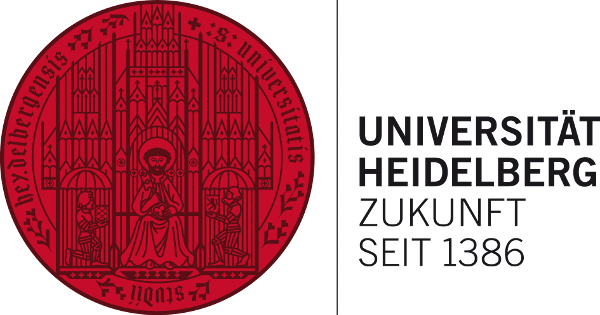Funding Opportunities in Nuclear and Particle Physics at Heidelberg University
At the world’s most powerful particle accelerator – the Large Hadron Collider – protons and atomic nuclei are brought to collision inside the three detectors ALICE, ATLAS and LHCb – with a further increased centre-of-mass energy. The existing data sets from the three LHC experiments will be significantly expanded yet again in the ongoing third data taking period; for example, for the ALICE experiment 40 times more collision events than before will be available to study nucleus-nucleus reactions. “The new data will enable us to test the Standard Model of particle physics with high precision. Possible deviations from theoretical predictions may then answer some of the still open questions about the composition and evolution of our universe,” says Prof. Dr Hans-Christian Schultz-Coulon from the Kirchhoff Institute for Physics. With the BMBF-approved funding the Heidelberg physicists will continue their successful research work at the Large Hadron Collider. “In the coming three years we don’t just want to record and evaluate new, more precise data but also make the LHC experiments fit for the future,” says Prof. Dr Stephanie Hansmann-Menzemer from the Institute for Physics.
At the same time, the new ion accelerator facility FAIR (Facility for Antiproton and Ion Research) is being completed at GSI. One of the most important scientific pillars of this facility will be the CBM experiment, which will be used to investigate forms of strongly interacting matter, such as exist in the centre of neutron stars. “With the substantial funding from the BMBF, we can finalise the construction of the experiment and prepare it for the first data taking. With the CBM data we want to find out how matter changes with high densities and whether it actually dissolves into its elementary components – into a so-called quark-gluon plasma, which is also assumed to have existed shortly after the Big Bang,” explains Prof. Dr Norbert Herrmann from the Institute for Physics, who was the spokesperson of the CBM experiment until April 2024.
The BMBF funding for the large-scale experiments at CERN and GSI is structured in five main Research Focus Programmes, four of which Heidelberg physicists are closely involved in. Apart from Prof. Schultz-Coulon, Prof. Hansmann-Menzemer – spokesperson of the LHCb Research Focus Programme – and Prof. Herrmann, other lead scientists from the Faculty of Physics and Astronomy are Prof. Dr Silvia Masciocchi, Prof. Dr André Schöning, Prof. Dr Johanna Stachel and Prof. Dr Ulrich Uwer.

